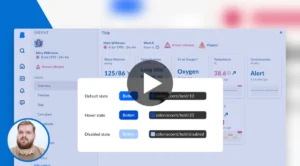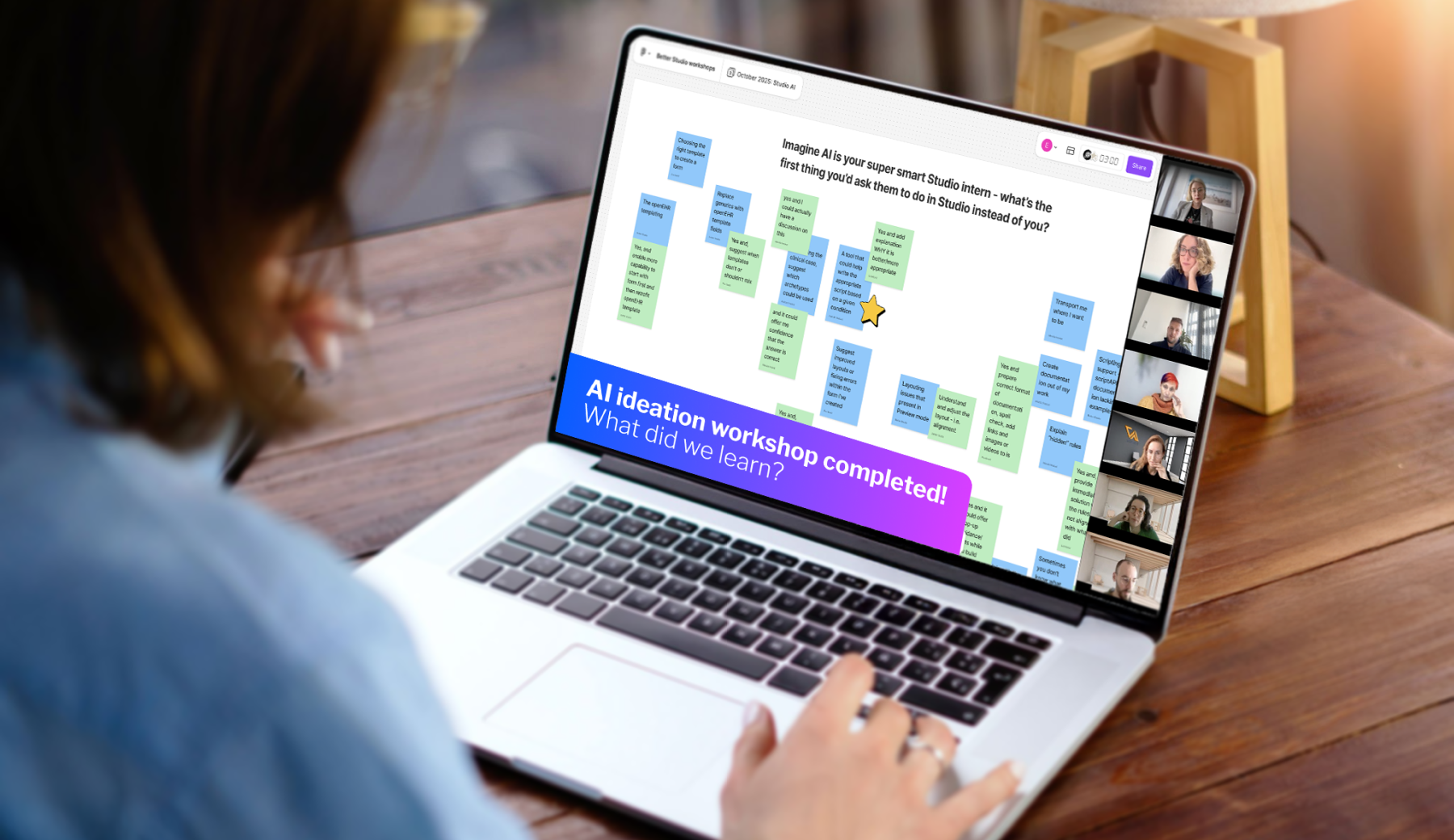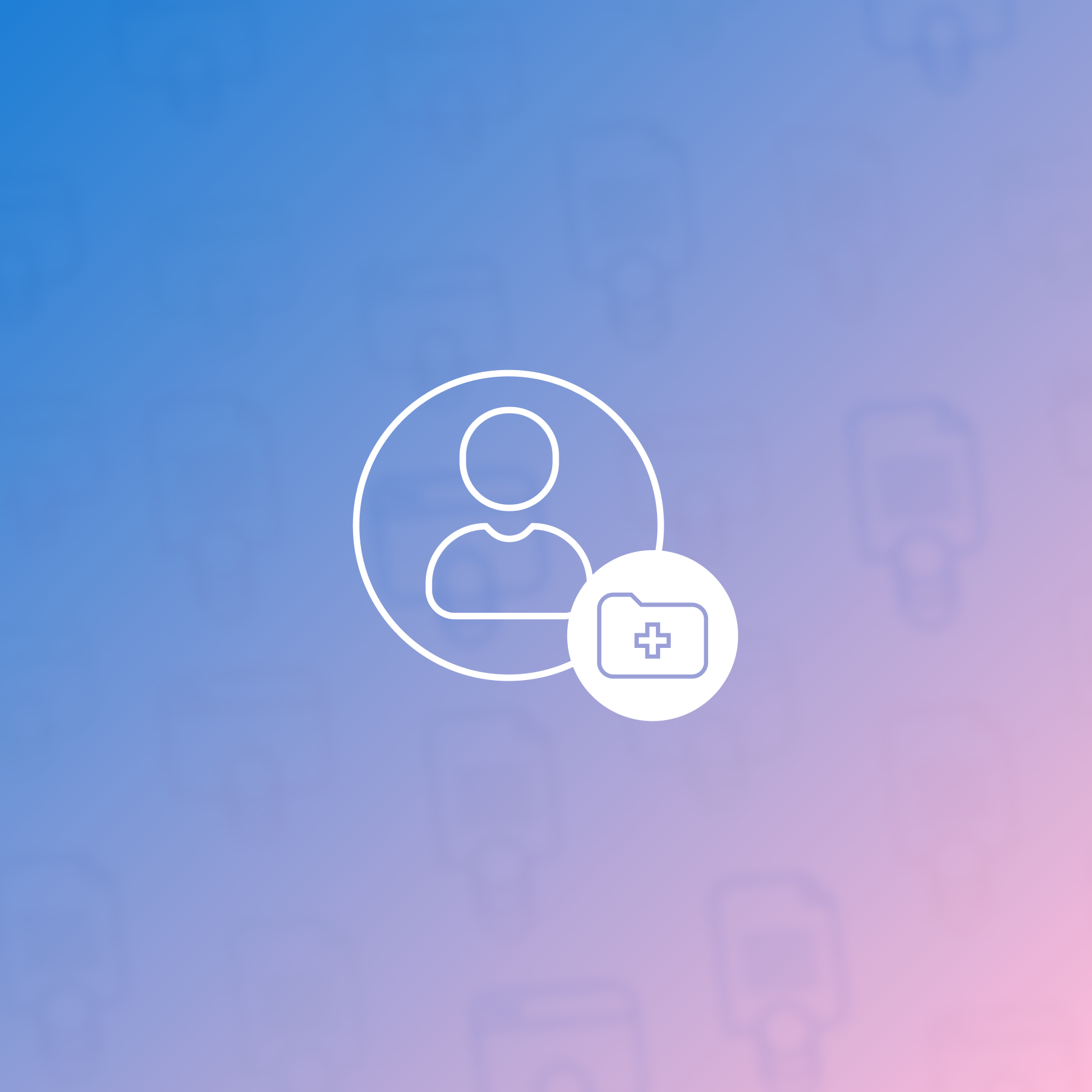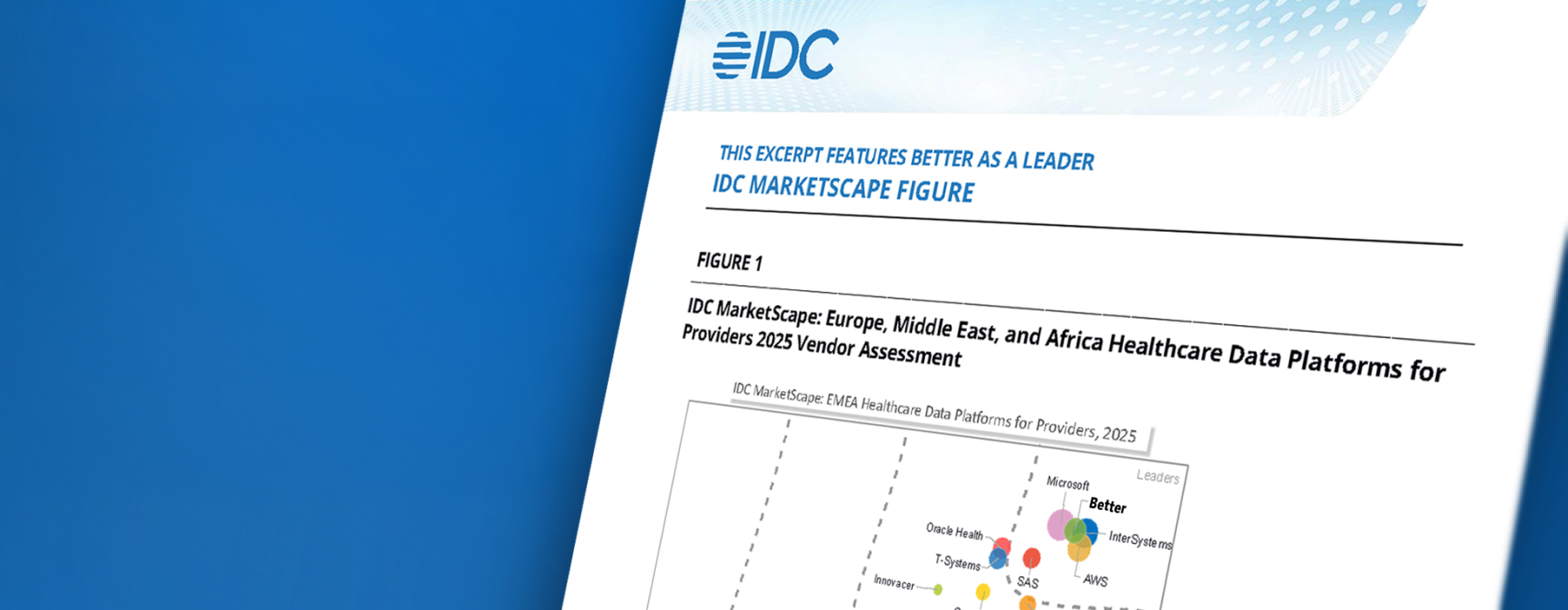Amid the growing buzz around AI in healthcare, it’s easy to be dazzled by new tools. But at Better, we believe technology must serve a clear purpose, especially when it comes to empowering clinical teams to build trustworthy digital solutions.
That’s why our latest Studio User Group Session focused not just on showcasing our AI integrations, but on asking a more important question: How should we integrate AI into Studio and how we can add true value to our users workflows?
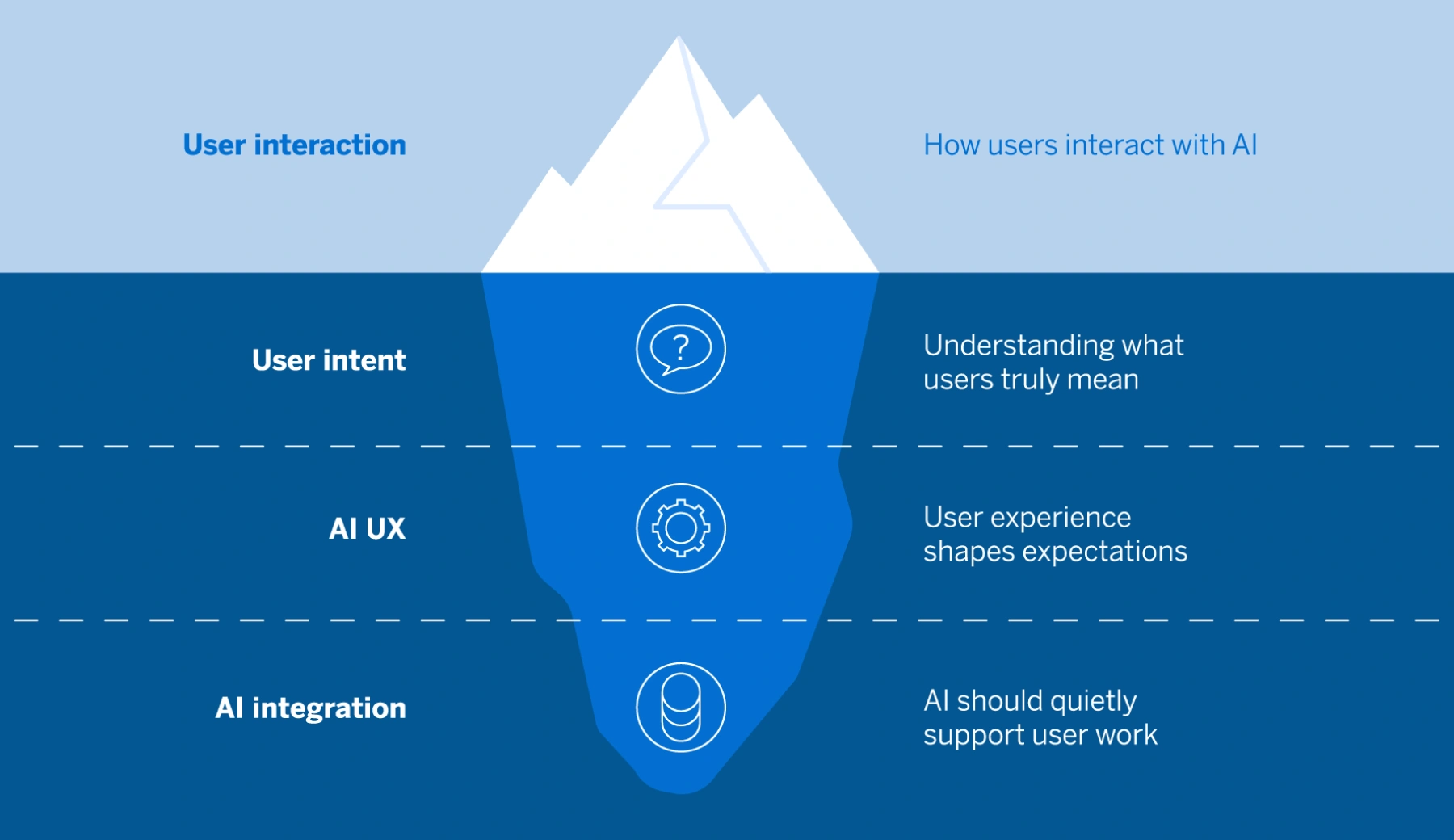
Studio users already use AI, but it’s not seamless
One signal from our user group was impossible to miss: people already use AI tools to help with Studio work – but it’s inconvenient and lacks trust. Because those tools live outside Studio, users shuffle content and context back and forth, copy‑paste results, and still can’t get direct, in‑product help that speeds up development. That’s a problem anywhere; but in healthcare it’s critical. Health data must be correct, structured, auditable, and stored for the patient’s lifetime.
For us, that signals a huge opportunity – bring AI into Studio where the content already lives, and design it to be useful, safe, and workflow‑aware.
Building AI tools with purpose
Our Studio mission is to help users go from ideas to working solutions as smoothly as possible. AI can support that journey, but only if it’s designed with the user’s needs in mind. We’re not interested in adding AI for the sake of it. What we want is to help solve real-world problems that our users face every day. That’s why our Studio AI features are focused on enabling workflows, not replacing expertise.
We’ve already introduced:
- DocGPT: A documentation assistant that helps users navigate Studio’s knowledge base and find relevant information.
- AQL Assistant: A sidebar assistant that supports users in writing, understanding, and troubleshooting AQL queries for data retrieval.
We designed these tools to bridge knowledge gaps, especially for new users or those unfamiliar with technical aspects of Studio. But we know there’s more to do.
Ideation workshop: Co-creating the future
At the heart of our latest user group session was an interactive ideation workshop. We asked participants a simple but powerful question:
“If you had a super-smart AI intern in Studio, what’s the first thing you’d ask them to do?”
From this prompt, a rich discussion emerged. Users shared pain points, frustrations, and ideas for how AI could make Studio faster, easier, and more intuitive.
Key learnings:
- Already using AI: Most users already utilise external AI tools to help with Studio tasks. But they must manually transfer content and context from Studio, and trust in the final answer is low.
- Handling dependencies: Managing complex form structures and logic is time-consuming, tedious and error prone.
- Choosing the right archetypes: Clinical data modellers often struggle to find the most appropriate openEHR archetypes, especially for complex or unusual cases.
- Diagnosing generic errors: Error messages in Studio are often vague and lack clear explanations and actionable fixes.
Users want AI to:
- Suggest openEHR archetypes based on full clinical case descriptions.
- Act as a data-modelling expert to discuss best practices, sanity-check approaches, and help users navigate the complex world of openEHR.
- Take prototype forms built with generics and propose suitable openEHR templates to make them production-ready.
- Provide interactive, in-context guidance during form building.
From ideas to an AI roadmap
The workshop wasn’t just a brainstorming exercise. It was a co-design session with real impact. The ideas generated will directly inform our AI roadmap. We’re already exploring:
- Form AI: A feature that generates editable forms from text or images, including archetype suggestions.
- Ambient voice capture: Speech-to-form functionality for clinicians, enabling hands-free structured data entry.
- Omnipresent assistant: A future vision of an AI helper embedded throughout Studio that helps with various aspects of building.
These concepts are still evolving, and we’ll continue to test and refine them. But the direction is clear: AI in Studio should be useful, intuitive, and aligned with how (and where) our users actually work.
Building trustworthy AI for healthcare innovation
AI is everywhere, but usefulness isn’t. Well integrated, context-aware AI inside Studio can carry the right content, reduce context switching, actually speed up development and earn trust – especially where accuracy and longevity of health apps and data matter most.
This session was a reminder that the best ideas come from collaboration. When we listen, co-create, and build with purpose, we can turn new technology into real value.
So, if you already use Studio and want to join the discussion, sign up for our Studio User Group Session events.
Let’s keep building Better, together.











